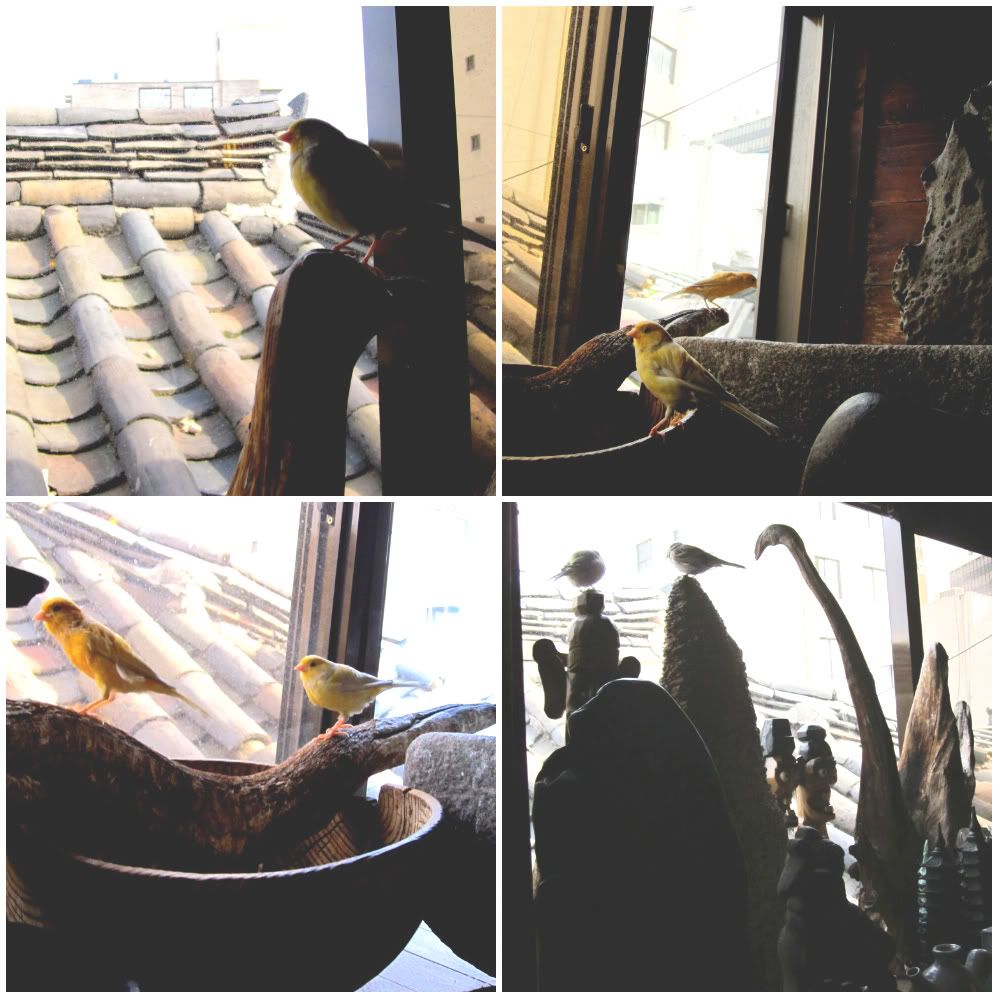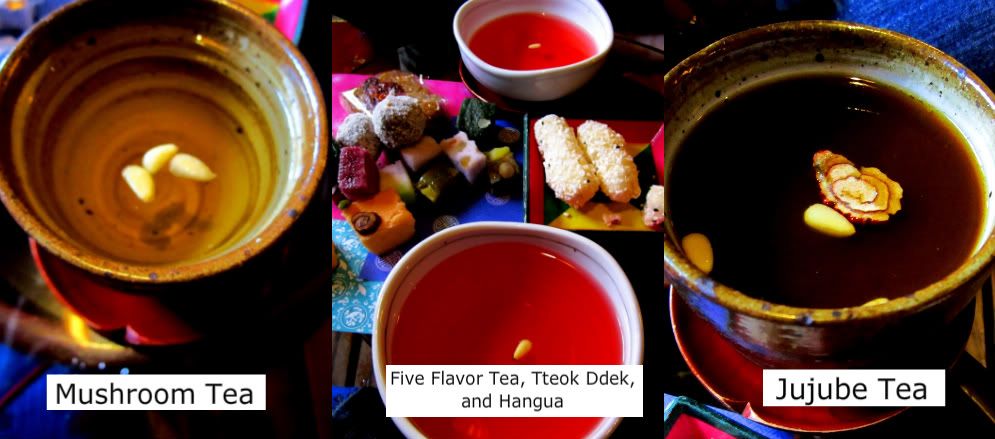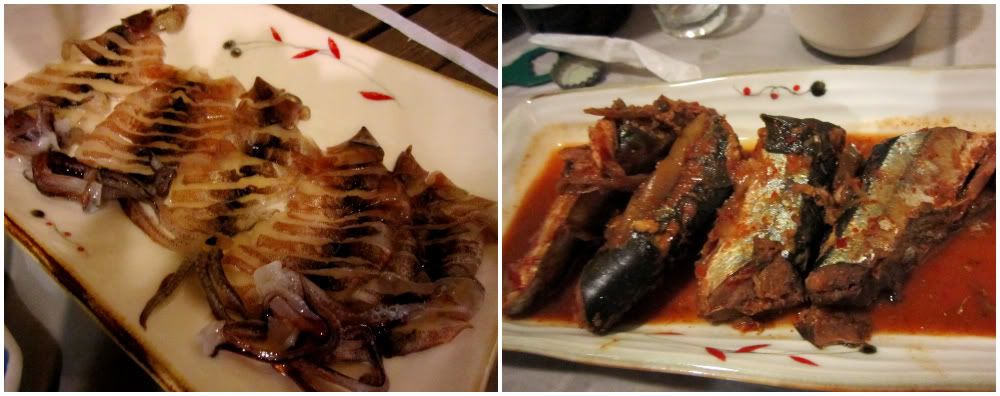When I moved to Staunton in 2005, the biggest thing I felt
Downtown was missing was an ice cream place.
There is Kline’s, a great ice cream place, but it is on the main
business strip of Greenville and requires a car. Considering most of Staunton takes place in
Downtown, I wanted there to be a place I could go by after a performance at the
Blackfriars Playhouse
or after a nice dinner or even to take a break from the summer weather. It wasn’t until Split Banana opened a couple
of years ago that my long standing wish for ice cream was answered, and the
smell of freshly baking waffled cones wafting in the night breeze became a
staple of West Beverly Street.
Split Banana,
though, isn’t just merely an ice cream place; they make their own gelatos and
sorbets as well. Featuring local honey
and milk and cream from grass-fed cows in a small farm in Pennsylvania, their
frozen concoctions show a strong commitment to high quality ingredients. Of the 18 flavors that vary with the time of
year, there are usually around 4-5 ice creams, 8-10 gelatos, and 2-3
sorbets. They usually keep some
standard flavors, like coconut,
cinnamon, birthday cake, vanilla bean, cookies and cream, and chocolate. Then, there are some flavors which champion
the area, like Highland County Maple and Virginia Peanut. Finally, there are the adventurous ones:
cocoa ancho (a chocolate and cayenne pepper union), white chocolate gisbi (a
white chocolate with lemon cookies), Guinness (that tastes just like Guinness)
and orange contreau.
 Split Banana allows you to get a child size (one scoop),
small (two scoops), medium (three scoops), and large (four scoops), which make
for interesting permutations and combinations of flavors. I usually get the child size, but like to
occasionally play around with my foodie knowledge to find suitable flavor pairings,
or when I just can’t pick one flavor. My
favorite combination was a cinnamon scoop with a cocoa ancho, which was a great
combination of rich chocolate and spicy cinnamon and pepper.
Split Banana allows you to get a child size (one scoop),
small (two scoops), medium (three scoops), and large (four scoops), which make
for interesting permutations and combinations of flavors. I usually get the child size, but like to
occasionally play around with my foodie knowledge to find suitable flavor pairings,
or when I just can’t pick one flavor. My
favorite combination was a cinnamon scoop with a cocoa ancho, which was a great
combination of rich chocolate and spicy cinnamon and pepper.
When I was there a couple weeks ago, Split Banana had my all
time favorite sorbet they do—Pineapple Basil.
I am naturally predisposed to the chocolatiest, richest, gooest desserts
and so it takes an impressive light, fruit concoctions to make me choose that
over decadence. Whenever I see Pineapple
Basil it is without a second thought that I order that, passing the other
creamy chocolaty alternatives. Pineapple
Basil is bright, light, fresh, with a sweet acidity that is undercut by the
sharp, slightly spicy basil. It is
flirty, playful, and mischievous.
I was happy when my ice cream dream for Downtown Staunton
came true, and I have spent a lot of time sitting in their green, fifties style
booths, listening to the gentle hum of the freezer, enjoying gelato. I’ve appreciated the flavor experiments as
well as the dedication to the classics. The
joy they take in their product comes through in each scoop.


















































